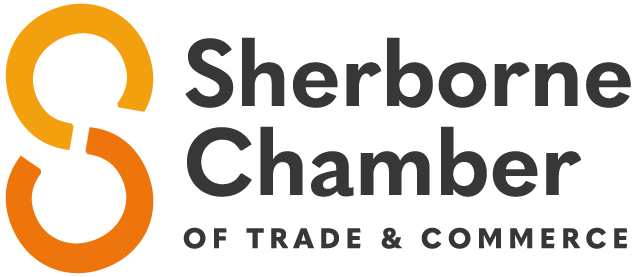Digital Marketing for Small Businesses: Maximizing Your Reach in the Digital Landscape
Small businesses often face significant challenges in marketing their products or services effectively. With limited budgets and resources, it can be difficult to stand out in a crowded marketplace. However, digital marketing provides a powerful solution for small businesses to reach and engage with their target audience, build brand awareness, and drive sales. In this blog, we'll explore the key components of digital marketing for small businesses and how you can get started.
Develop a Strong Online Presence
The first step in digital marketing is to establish a strong online presence. Most businesses start with a website. Make sure it's easy to navigate and provides useful information to your target audience. Your website should be optimized for search engines, as this will help people find you when they're searching for products or services related to your business. You should also set up social media accounts (which one depends on your business and your audience) and a Google Business Listing to maximize your online presence.
Utilize Search Engine Optimization (SEO)
Search engine optimization (SEO) is a critical component of digital marketing for small businesses. It involves optimizing your website content inorder to rank higher in search results. By doing this, you increase the visibility of your business and attract more customers to your website. Some simple ways to improve your SEO include:
Researching and using relevant keywords in your website content and meta tags
Creating high-quality, original content that provides value to your target audience. Don’t forget to add ALT text to pictures.
Building quality back links from reputable websites. Underestimated in significance, this helps to show Google how important your website is!
Invest in Paid Advertising
While organic traffic is important, paid advertising can help you reach a larger audience and drive more traffic to your website. Some popular forms of paid advertising include:
Google Ad Words: This is a pay-per-click advertising platform that allows you to display ads in Google's search results against keywords and customer search terms.
Facebook & Instagram Ads allow you to target specific demographics and interests, making it an effective way to reach your target audience. Plus, you can target different audiences with different messages to further increase your reach.
Engage with Your Audience
Engaging with your audience is crucial in building relationships and promoting brand loyalty. Social media is a powerful tool for engaging with your audience, it’s named social media for a reason … be social! Interact, reply, comment and be REAL.
Here’s some other ways to engage your audience by:
Creating and sharing valuable content, such as blogs, ‘How to’s’ and info-graphics
Running competitions and promotions to encourage engagement and new customers
Providing excellent customer service and responding promptly to any inquiries or concerns
Measure and Analyze Your Results
Finally, it's important to measure and analyze your results to see what's working and what's not. By using tools like Google Analytics, you can track your website traffic, conversion rates, and other key metrics. This will help you identify areas for improvement and make informed decisions about your digital marketing strategy.
Digital marketing is crucial for small businesses in an ever increasing digital world. It’s a cost-effective way to reach and engage with your target audience. By following these tips, you can maximize your reach in the digital landscape and grow your business.
